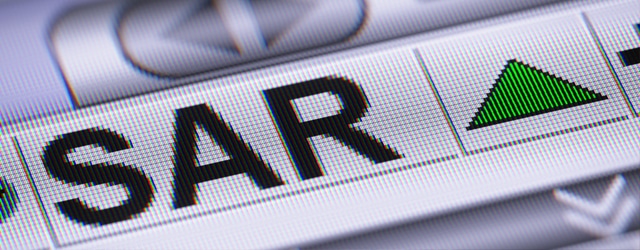The desert kingdom's bold plans to boost the private sectorinclude a little more governmentspending this year.

Saudi Arabia’s budget for 2017 is designed to move the kingdom closer to its Vision 2030 goal of eliminating the deficit by 2020 and increasing non-oil revenues. The government plans to gradually raise domestic energy prices to international levels in the next few years and to eliminate subsidies. However, the budget for 2017, which is based on a conservative oil-price estimate of $50 a barrel, would boost spending by 8% to spur economic growth following last year’s sluggish 1.2% rise in real GDP.
The budget gap narrowed from a record $98 billion in 2015 to $79 billion last year and is forecast at $53 billion for 2017. “The public finances haven’t improved on this scale since the early 1990s, following the end of the Gulf War,” says Jason Tuvey, Middle East economist at Capital Economics.
The projected rise in spending this year will be more than offset by an expected 31% increase in revenues, Tuvey says. This is partly due to higher oil prices, as well as to a 6.5% increase in non-oil revenues. While subsidy cuts will boost the cost of living, poorer Saudis will receive monthly offset payments beginning in June. Retail gasoline prices rose by about 50% for Saudis in 2016.
A levy on expat workers also will help fill government coffers—and it will give companies an incentive to hire more Saudi nationals. Charges of more than $200 a month for foreign workers will be phased in by 2020. Even dependents of expats will incur monthly fees, to cover the cost of utilities used.
Riyadh also plans to introduce a value added tax of up to 5% in 2018 that will apply across the Gulf Cooperation Council countries. The VAT will be charged at importation and on local supplies of goods and services at each stage of production and distribution. The tax will be collected by businesses on behalf of the VAT authority.
The government likely will continue borrowing on international markets in the near term, since it needs oil priced at about $70 a barrel to balance its budget. An international Islamic sovereign bond issue is possible in the coming months.
“Following successful debt issuances in 2016, debt issuance will continue as and when needed, subject to local and international market conditions,” says a Ministry of Finance budget statement issued on December 22. “The kingdom will seek to raise further debt at attractive rates on international markets.”
Meanwhile, the unusual level of detail in the budget demonstrates a move toward transparency that will need to be expanded ahead of the planned sale of a nearly 5% stake in the national oil company, Saudi Aramco, in 2018.
The Saudi stock exchange, Tadawul, published draft rules in January for the T+2 settlement cycle to be implemented in the second quarter. The move is intended to align the Saudi market with global settlement practices. This will help to develop an environment that is more attractive and conducive to institutional investment, and thereby strengthen the case for Tadawul’s inclusion in global market indexes, according to exchange officials. The new rules would require brokers that are exchange members to become custody members of a new securities depository and include procedures for securities borrowing and lending.



